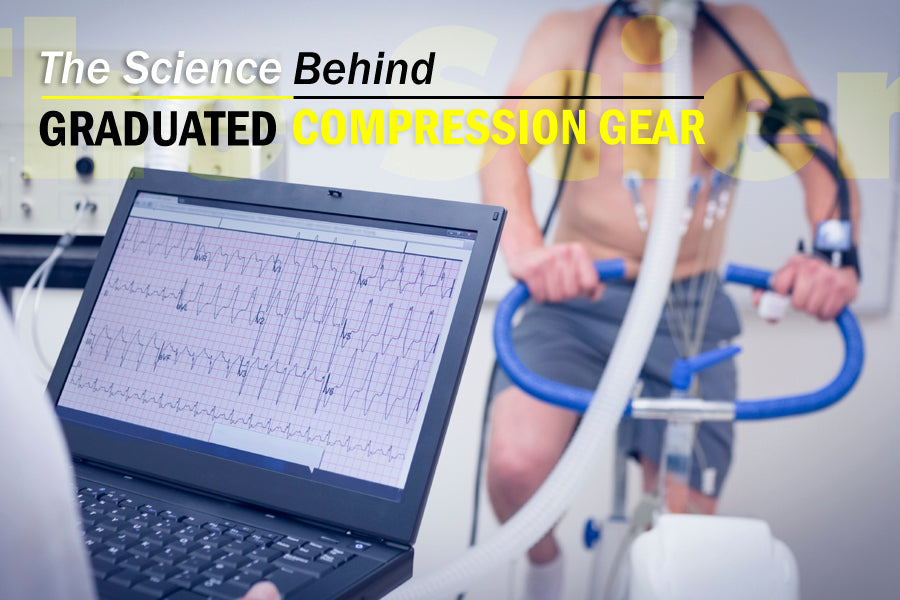The Science Behind Graduated Compression Gear

In various athletic circles, from runners to football players and cyclists, graduated compression gear is one of the most popular accessories you'll find. Commended for its ability to offer support, promote circulation, aid recovery, and maximize endurance, it's hard to attend, or watch, an athletic event without seeing someone in their pressurized gear. Of course, whether you're thinking of investing in a pair of knee compression sleeves to help you overcome those pesky problems with your joints, or you're looking into calf compression as a way of preventing injury, you're going to need all the facts about graduated compression gear.
While it's easy for brands to brag about the properties of the apparel they sell, it's also worth noting that some legitimate science has gone into investigating the way compression gear actually works too, and that's what we're going to examine below.
How Graduated Compression Gear Works
Originally, the compression wear that athletes know and love today was developed as a way for doctors and physiotherapists to help patients treat swelling and inflammation disorders such as lymphedema. As time passed, the same graduated compression gear was also adapted as a way of treating vascular issues as well, because doctors found that graduated compression helped to prevent blood clots in inactive patients, and manage the emergence of varicose veins.
The reason that compression gear was used so freely in the medical world was because - quite simply - it worked. Compression gear accomplishes its task by creating a positive degree of pressure within the one-way valves in veins. The alternating pressure encourages blood in those veins to flow back upwards towards the heart - counteracting the effects of gravity which might otherwise cause the blood to pool within the veins of immobile patients. This is the same reason why frequent air travelers are advised that they should wear compression sleeves to reduce the risk of deep vein thrombosis during lengthy flights.
Graduated Compression Gear for Athletes
After medical circles began to recognize the benefits of graduated compression gear, it wasn't long until runners started to take an interest too - wondering about the effects of compression on endurance performance. Since then, exercise physiologists have begun to investigate whether compression sleeves actually have an impact on performance or recovery.
While the science is limited, there is some evidence that compression sleeves could increase performance in some instances - though their best use is typically for preventing soreness and aiding recovery after challenging training sessions. By improving circulation within the aching limbs, compression sleeves can boost the speed at which athletes recover - helping them to prepare faster for their next race or game.
At the same time, there's something to be said for the fact that athletes seem to feel more comfortable and confident while wearing compression gear. Even if this reaction is little more than a placebo effect, the boost of adrenaline that comes from wearing something that makes you feel better is bound to help you perform better during tests of endurance, speed, and strength.


Leave a comment